Should you encounter Terry Dresbach at Thru the Stones in late November, billed as “the first and largest Outlander convention in the Central United States,” you’ll most likely be charmed by her great enthusiasm and warmth, her wide smile, that magnificent shock of silver hair. She’ll no doubt be a mass of well-directed energy, happy to answer all manner of queries related to her epic work as costume designer for the hit Starz show, which is adapted from a series of best-selling novels by Diana Gabaldon. But you might want to avoid the one question she says she is always asked, by journalists and fans alike:
What was your favorite Outlander costume to design?
“I genuinely and truly cannot answer that,” Dresbach says. As she explains, her words bubble over and interrupt each other, effervescent with a kind of no-nonsense delight: “How do I choose between Master Raymond’s costume and Claire’s Dior costume? The minute I start down that path it’s like, But then there’s the Charlie suit, and there’s the plaid, and then there’s Jamie, oh, his wedding—Claire’s wedding dress or the red dress. You know what I mean? There are so many costumes! Oh, there’s Mr. Willoughby’s costume—that embroidered one—and Geillis, oh my God, the little gold coat with the pointed fairy hat! I’d love to have an answer to that question, but it’s just not even possible.”
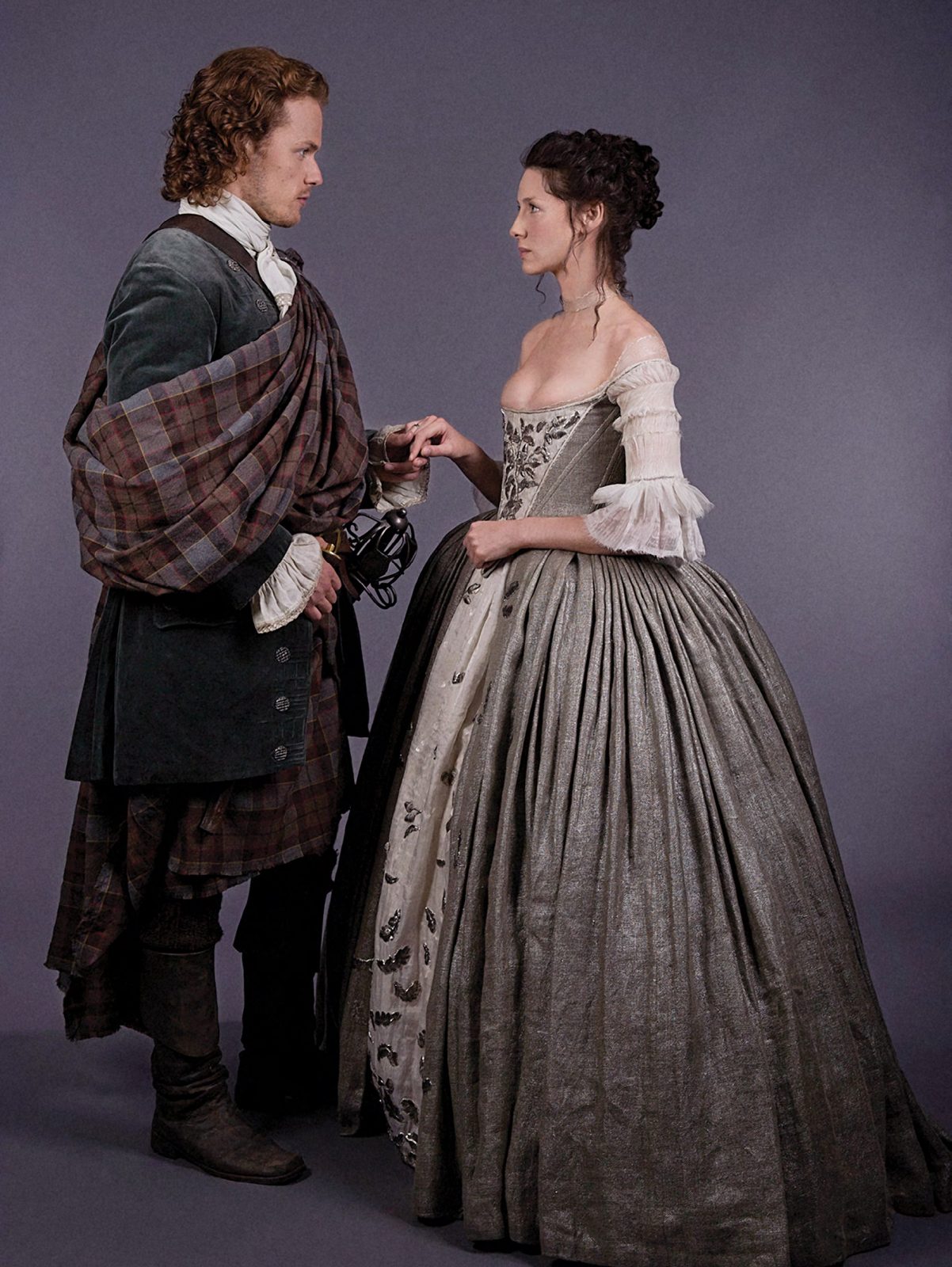
Neither, broken-hearted Outlander fans must be thinking, is Dresbach’s recent decision to step down from her position on the show. How can it be possible that someone surely at the height of both her creative powers and her career—Dresbach has been nominated for a second Emmy, which she should take home September 17—would quit? Dresbach addressed the matter on Twitter in mid-July, when she made public her intention:
“This is not easy. It is incredibly emotional and difficult. But my kids. They are 19 and 17. They were 14 and 12 when I went to Scotland for 3 mos.” Later she added, “Its been 6 years. I want to be with my family. I am spent, exhausted, worn out. Concerned about my health.”
Although Dresbach also noted that she had found someone to take over “who is very talented and gifted,” it’s hard to imagine the series without her, so integral to its success are her show-stopping, often daring, always historically precise designs. But then, Dresbach never really wanted to work on Outlander. A longtime devotee of the books, which she says she consumed as soon as they came out (and has since reread what she guesses might be eighteen times), Dresbach had essentially retired from costume design to focus on her own art and family when her husband, Ronald D. Moore, approached her with the idea.
Dresbach and Moore, who have been responsible for a string of smash sci-fi television shows including the Battlestar Galactica reboot, met in 2003 while working on the HBO series Carnivale. Dresbach subsequently introduced Moore to Gabaldon’s books, but when he asked for her help on the Outlander series he was developing, she turned him down. Repeatedly.
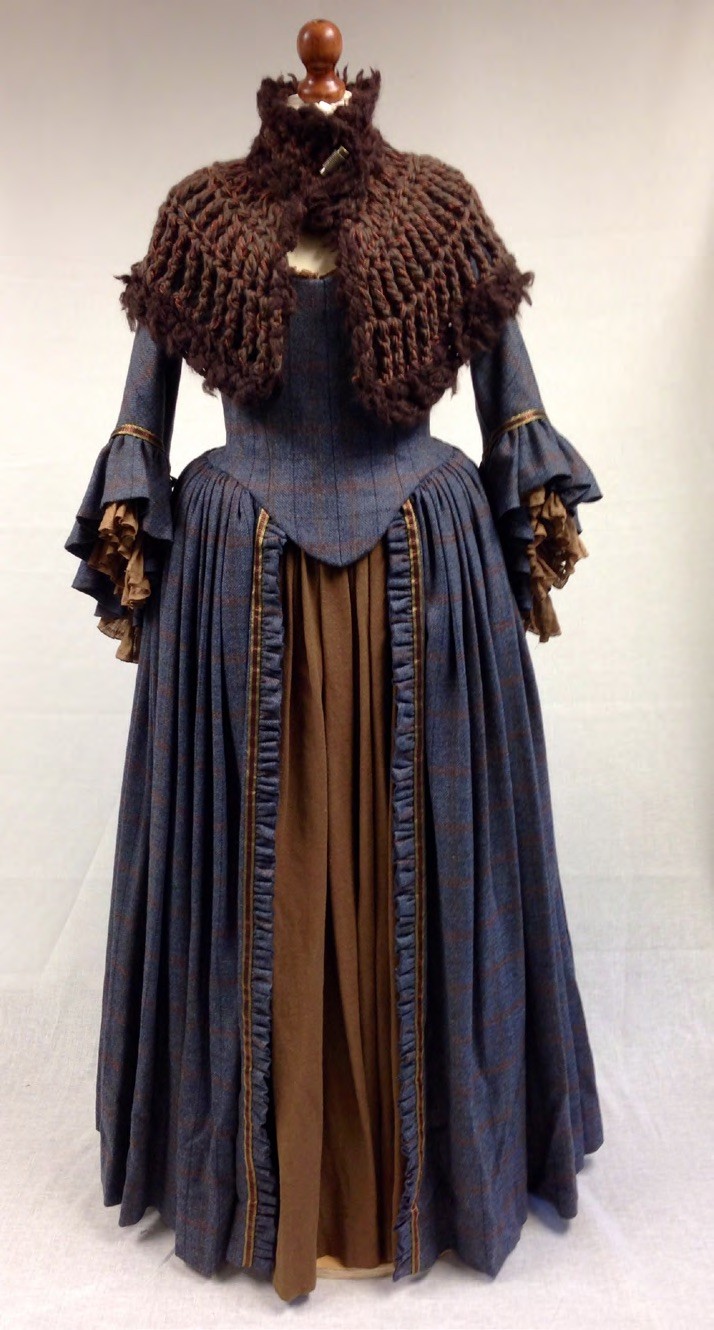
A longtime costume designer with decades of experience, Dresbach knew how momentous an undertaking it would be to design costumes for a show that skips gleefully back and forth through centuries and from country to country with a cast of principals and extras that could number a thousand. She’d have to move to Scotland. The hours would be merciless. Her old life would vanish as thoroughly as Claire Randall did from the 1940s when she touched the stone at Craigh na Dun
Still, when Moore could find no one else remotely suitable, Dresbach relented. She had to accept what her husband was telling her over and over, what she already understood in her heart. She was meant for this. Outlander was hers.
The work, as she knew it would be, was as grueling as it was glorious. Dresbach was responsible for the design of the entire show, which now includes between 50,000 and 60,000 costumes. “I sit down with my team,” Dresbach says, “and give them the direction for the look, the tone, palette, and story. From there the circle widens a bit. I design all the principal cast. I choose from there who designs what. Sometimes it is me, sometimes I delegate. When I delegate a costume for a day player, an assistant designer will design the costume with me. They will bring me fabrics and finishing to talk through. Same thing with all of the extras. Everything comes across my desk for approval. There is no way I could design every costume, I would not just be exhausted, I’d be dead. I have an incredibly talented team that I depend on. It is a collaborative process, we do it together.”
“On a good day we can have over a hundred people working on the costumes,” Dresbach says. “It’s huge. The ongoing staff responsible for making the costumes, from design to aging, is about fifty to sixty people. When you’re making tens of thousands of costumes every season … we’re always breathless and exhausted, no one’s sleeping, because there’s never enough time. And we start the next season halfway through the season we’re on, so we’re doing double teams … You have to start all that stuff months, months, months in advance.”
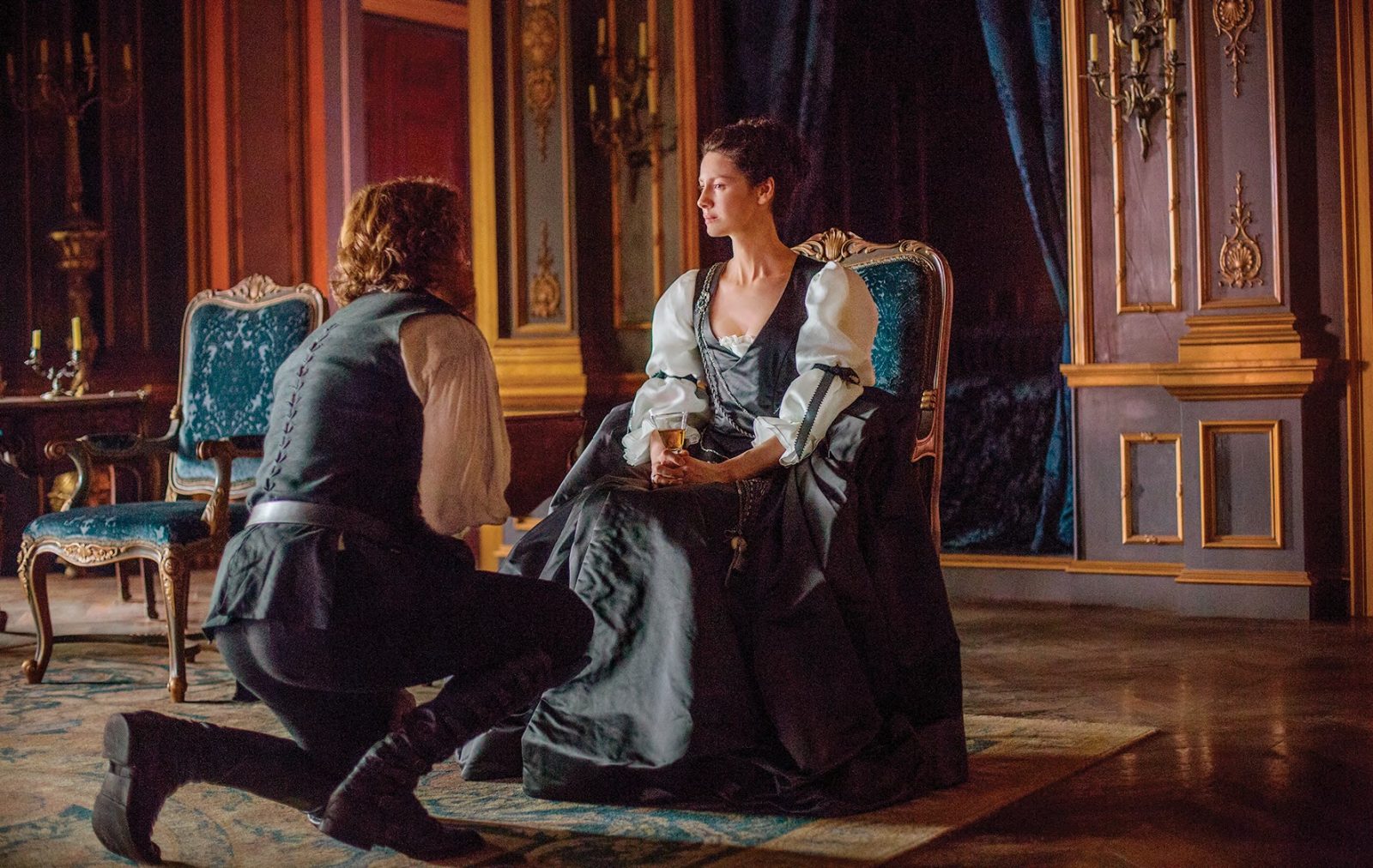
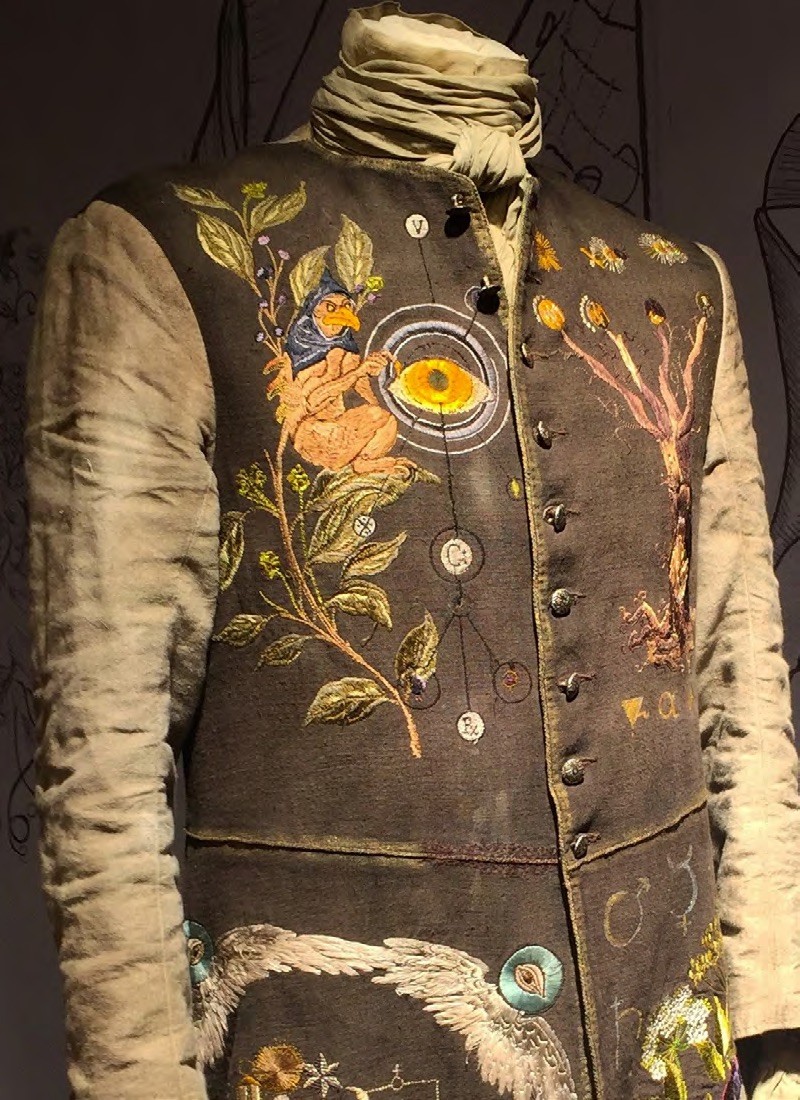
And then there are all the duplicates Dresbach and her “carpenters,” as she calls them, had to produce. Often daubed— or downright drenched—in mud and blood, the Outlander cast can require multiple copies of a costume to ensure there is a fresh one available for every new take. For Season 4, which debuts on Starz in November, Dresbach made seven duplicates of every costume Jamie and Claire wear. (Such a revelation could reasonably lead to speculation that the new season, set in the American Colonies, will be even more action-packed than the past three. If so, Dresbach isn’t saying.)
“You know, day players—people that come on camera once or twice, have few lines—we only make one of,” Dresbach says. “But main principals, yes. We’re making multiples. And anytime anybody gets shot, stabbed, caught on fire, whatever, you’ve got to make it fit with that. I’m always at production meetings going, ‘Can we strangle him? Punch him with a rock? No blood? There’s no blood, right? We’re not seeing blood, right?’ There’s a lot of that. ‘Can the blood drip on the floor?’ And there’s a lot of people looking at me like, ‘Would you stop already? No, no, no, you get blood on that shirt, I need six of them.’ So it’s crazy.”
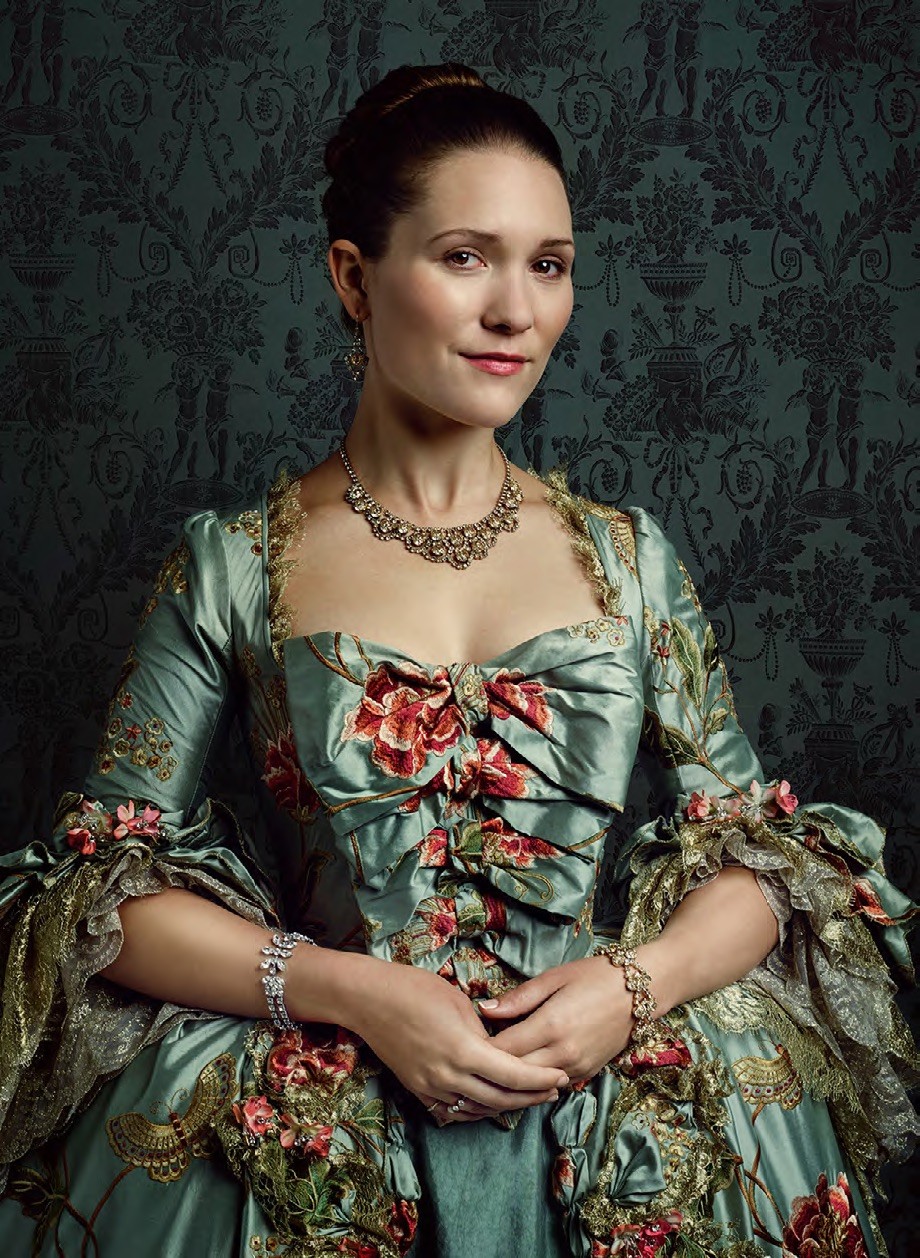
But it’s not only the sheer quantity of the costumes needed for Outlander that make designing for it such a gargantuan task. Authenticity is paramount. Research is endless. “It’s everything you could ever possibly think of,” Dresbach says of the materials she has used on her never-ending fact-finding missions. “A lot of it is books, it’s pouring over a million photographs, digging constantly, constantly, and thank God for the internet! I don’t know how you do a show like this without it. Because it gives you access to photos from every conceivable museum in the world, every kind of research. And even then it’s still not always enough. You’re like, Damn it, why can’t I find this?”
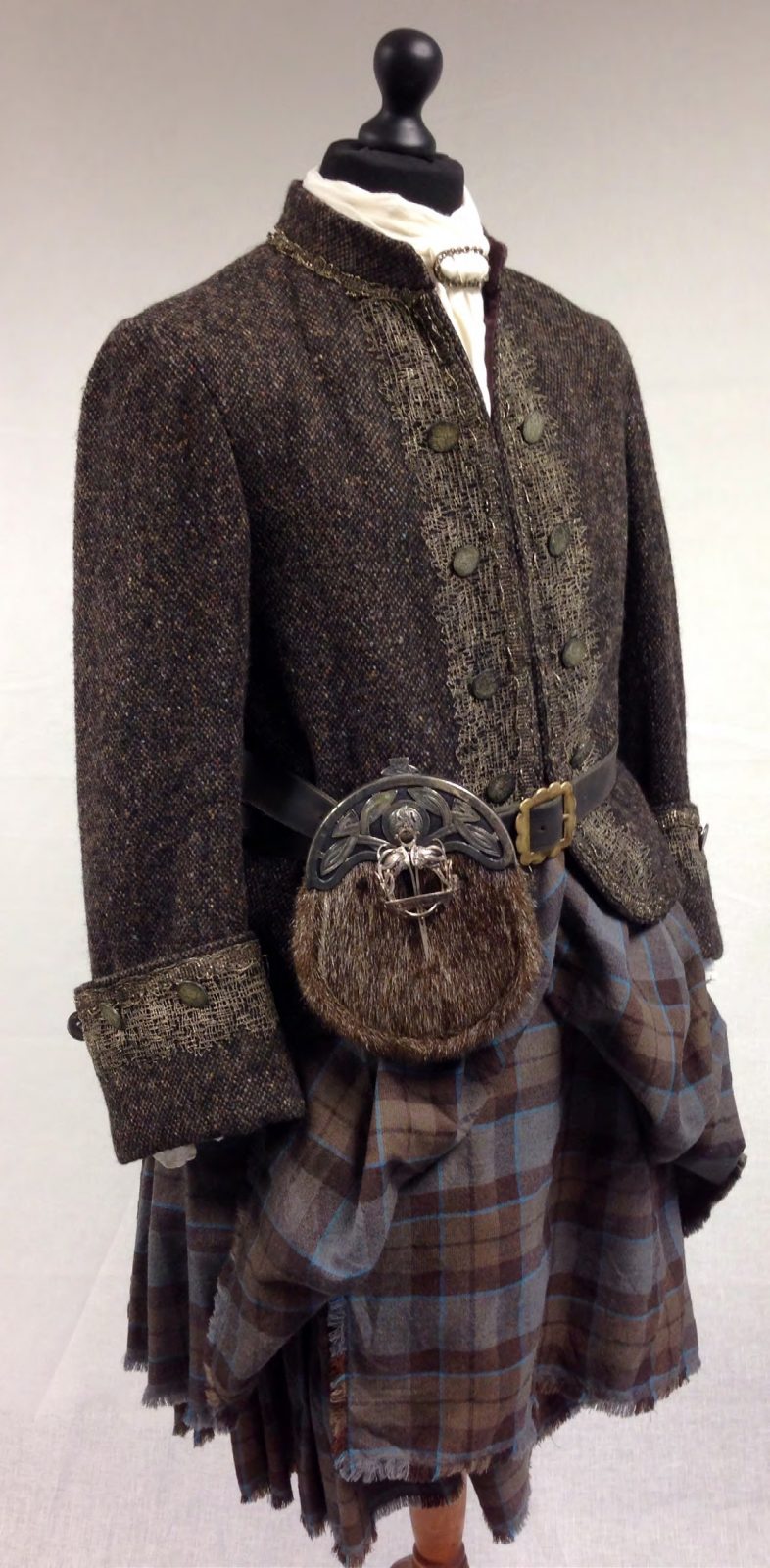
This kind of passionate-bordering-on-obsessive devotion to historical accuracy led Dresbach to create an aging and dyeing department staffed by some fifteen people. Its sole objective is to make the costumes appear as though they’ve been worn over and over, as they would be in real life. Dresbach says this veracity starts “skin out,” with every layer of the actor’s clothing true to the period in which their character is living, though she confesses she has no idea what Sam Heughan, who plays the swoon-inducing Jamie Fraser, is wearing under that glorious kilt.
“We had lots and lots and lots of lessons to teach the guys how to put on their kilts,” Dresbach says. “They wanted to do their own. The beauty of that is when you see an actor do that, they are really owning that character. And then each one of them does something that makes it their own. Which is what real people do, so you want that. You know how Jamie’s costume kind of swishes down the back like a long skirt when he walks into the room, and you see that the back of this costume is longer than the rest of it? That was all Sam’s idea, and I thought it was kind of weird at first. And then he walked in on the Gathering in Season 1, and that thing just swung behind him and I was like, ‘Oh yeah, that’s great!’”
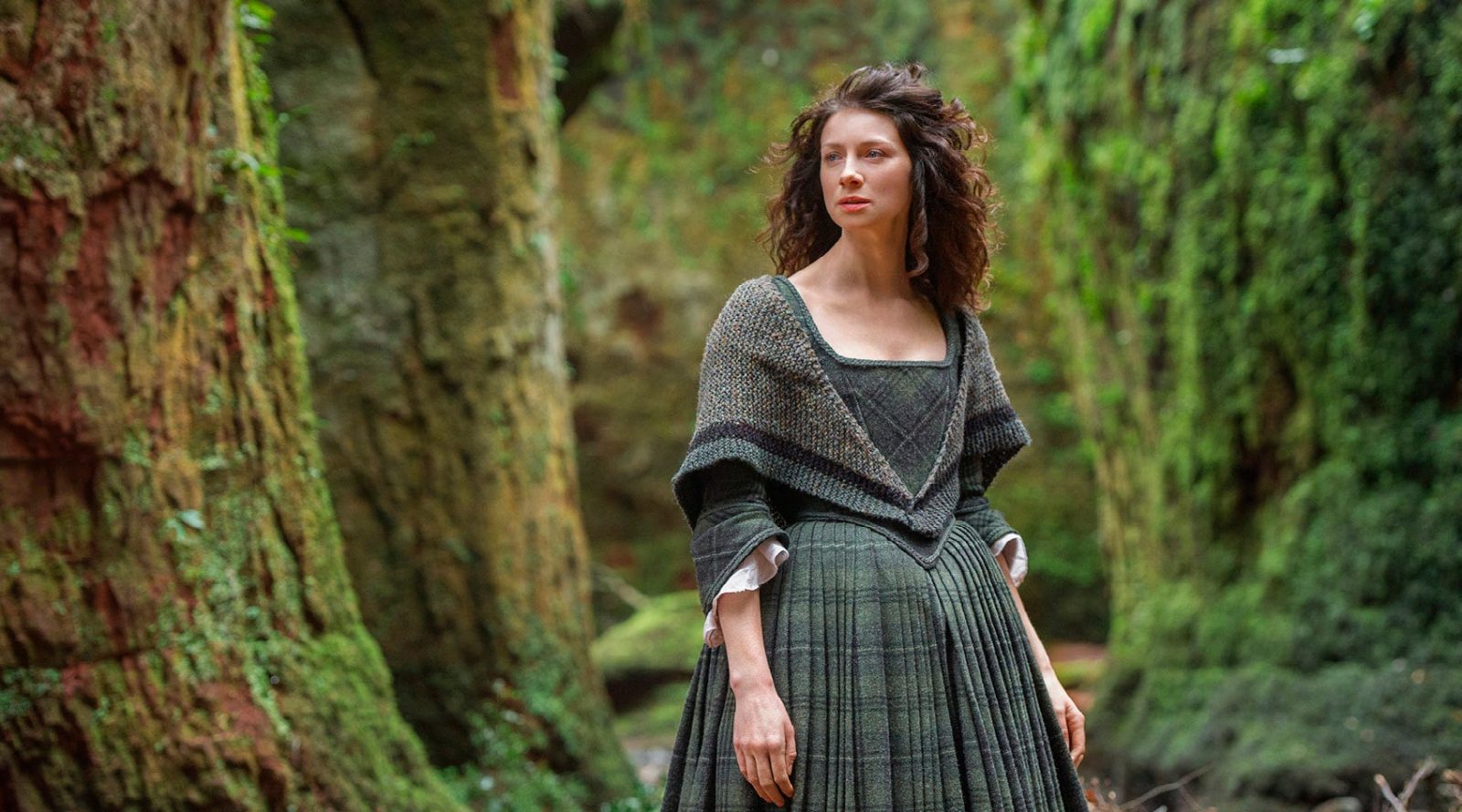
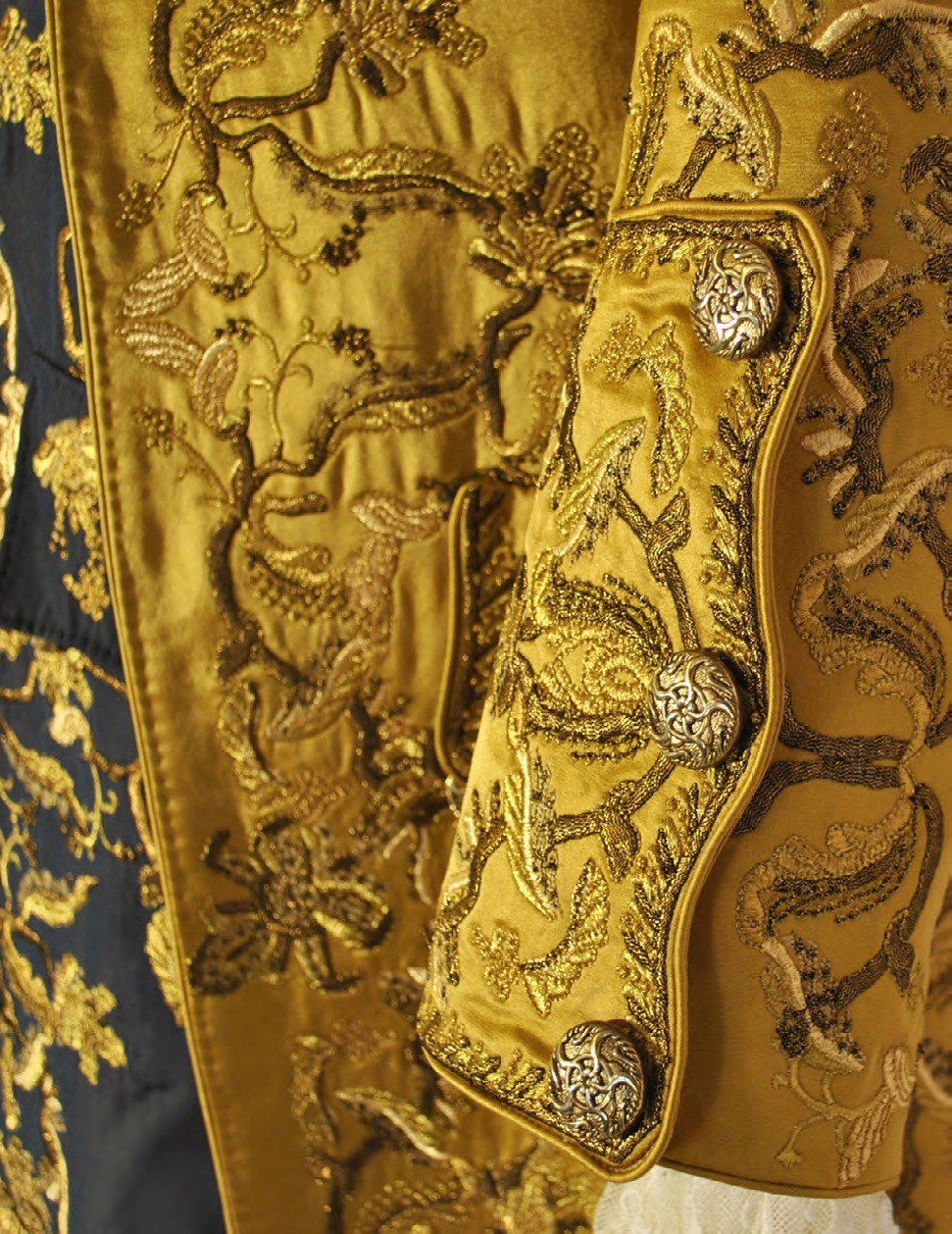
The costumes of characters who skip through centuries left more room for interpretation on Dresbach’s part, since they are out of time and place. In no garment is that more apparent than the oft-maligned “Bat Suit” of Season 3. The concept behind the suit is brilliant: an intelligent woman like Claire, who has already time-traveled to 18th century Scotland, would know that she’d need clothing that was warm, would keep her dry, and would look of the era she was entering. So she would make her own suit, crafted from cut-up raincoats. If you look closely when the suit appears on screen, you can even see the hallmarks of a homemade dress clumsily sewn by someone inexperienced: an uneven hem, ragged stitching, and off-kilter buttons. Dresbach is nothing if not detail-oriented.
The inspiration for the outfit, Dresbach says, came from an 18th century encyclopedia set that contained a pattern for a woman’s riding suit. “I thought, Well, if I could find it, then Claire can find it,” Dresbach says. Then with a chuckle, she adds, “Did I enjoy it? It’s an ugly suit. But it was like, Season 2 we had all the beautiful stuff, and in Season 3 you’re going to get a gray suit and for a good long time.”
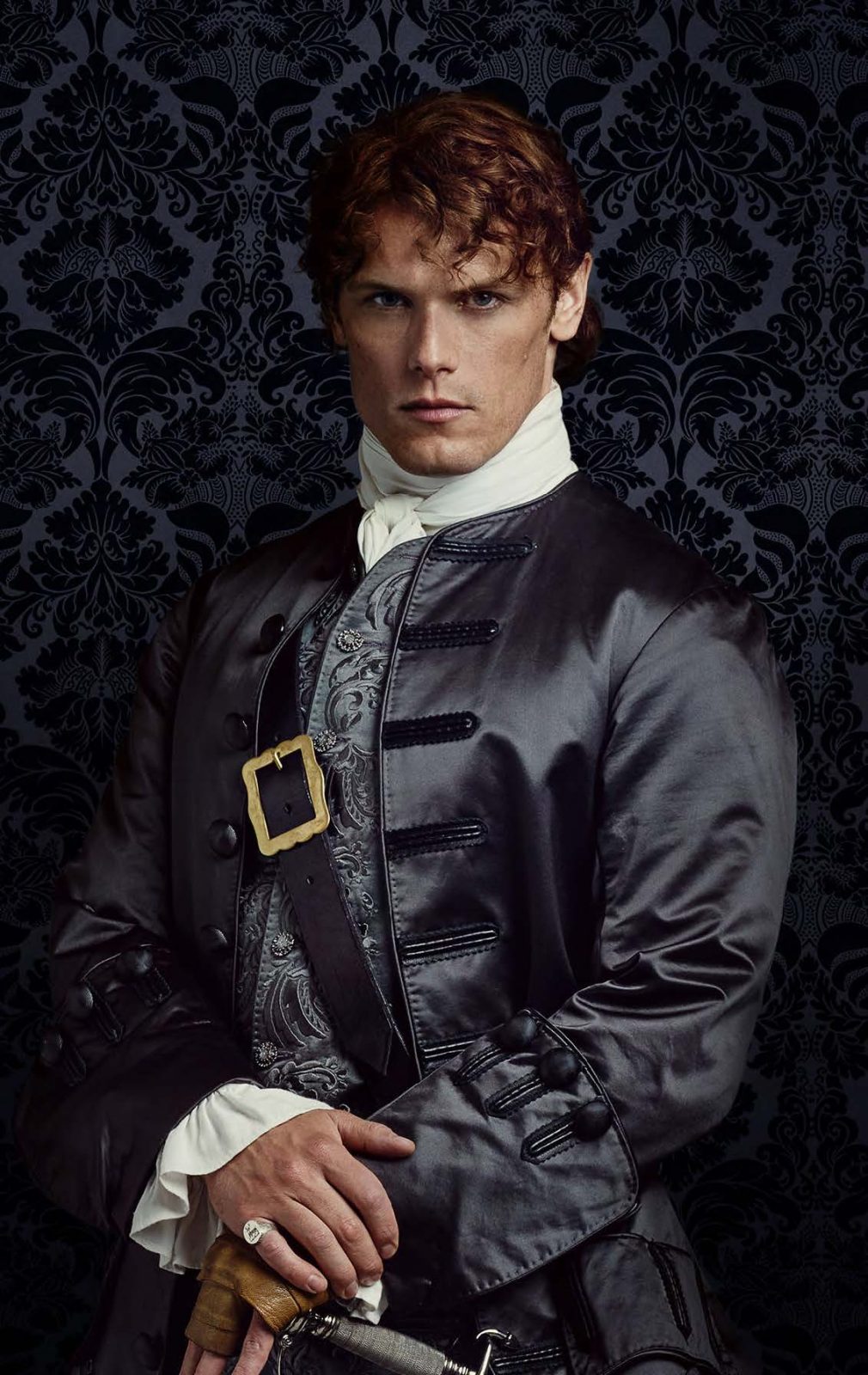
Inspiration is as necessary in costume design as in any artistic endeavor, and Dresbach has said she finds hers everywhere—from couture fashion, where the 18th century is much referenced, to art of that period, to what everyday people are wearing on the street. The inspiration for the beloved Outlander tartans, however, came straight from Mother Nature.
“We created all the tartans that you see on our principals,” Dresbach says. “There weren’t clan tartans then—they were really invented in the 19th century—but there was plaid. So we researched the plant life of the area this story was set in and figured out what the colors would be of the natural plants, and that’s how we came up with that palette.”
Fauna as well as flora figured in the design of the apothecary vest worn in Season 2 by Master Raymond, who Dresbach calls perhaps her favorite character. She began with the idea that Master Raymond would want to present himself to his clients as someone magical, because he talks in the book about playing it up for the customers. “I really wanted to give him this mystical coat,” Dresbach says. “I researched a lot of ancient alchemy symbols and creatures. In each panel of the coat, the creature represents a disease and the flower or herb was the cure for that disease at the time. So the hooded bird figure, he’s putting his claw into a yellow eye, and the herb that wraps around it cured yellow fever.”
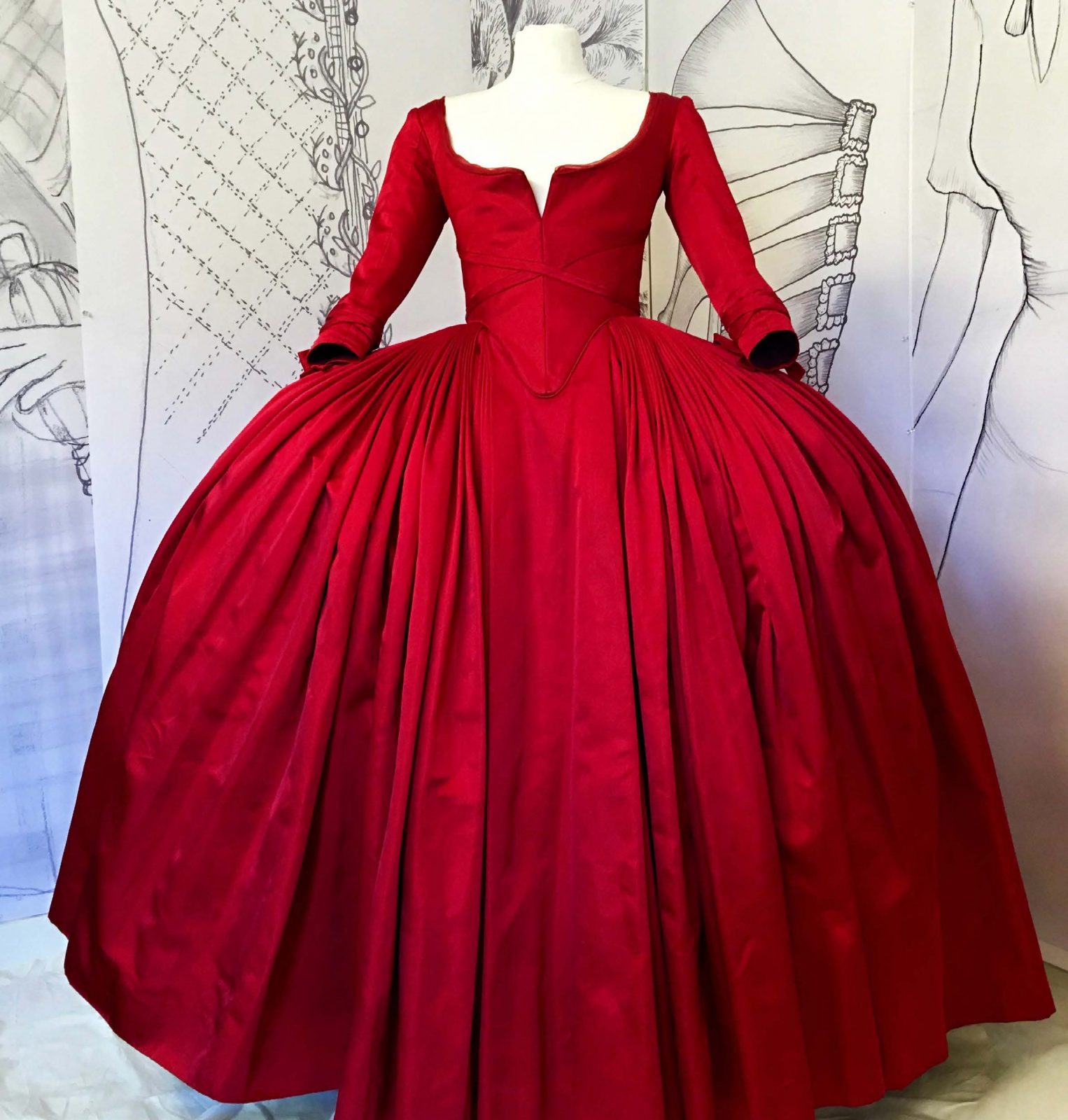
But the costume Dresbach might most be remembered for isn’t the apothecary vest or the tartans or even Claire’s scandalously low-cut red dress she wore at court in Season 2, which required about fifteen yards of fabric. It’s those fabulous bulky knits Claire snuggled into in Season 1. They started a legitimate fashion trend, as the style started popping up all over Etsy and beyond. When Dresbach began getting pictures of fans wearing what she soon dubbed Outlander Knits, she says, “that was really the first realization I had that this would have the kind of impact on people that it did.”
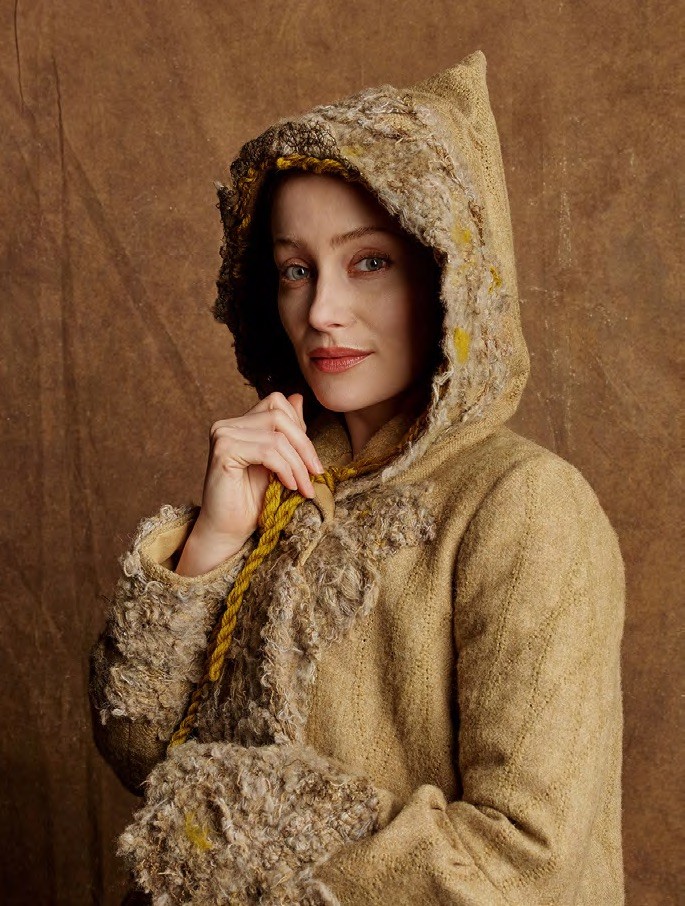
As she bids goodbye to Outlander, hopefully with an Emmy in her hand, Dresbach will no doubt take heart from the people who have inspired her since the show’s beginning: the fans. “The most rewarding and surprising aspect of doing this has been the outpouring of love and support and excitement on the part of the fans,” Dresbach says. “The direct contact and feedback from fans through social media has been staggering. I get kind of emotional whenever I talk about it, because it has been such an unexpected and tangible reward for the work, being able to connect directly with the people who are seeing it and talking about what it means to them. It’s been one of the most phenomenal experiences of my lifetime.”
Visit Terry Dresbach online at terrydresbach.com.










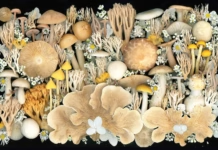


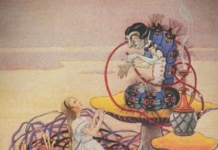














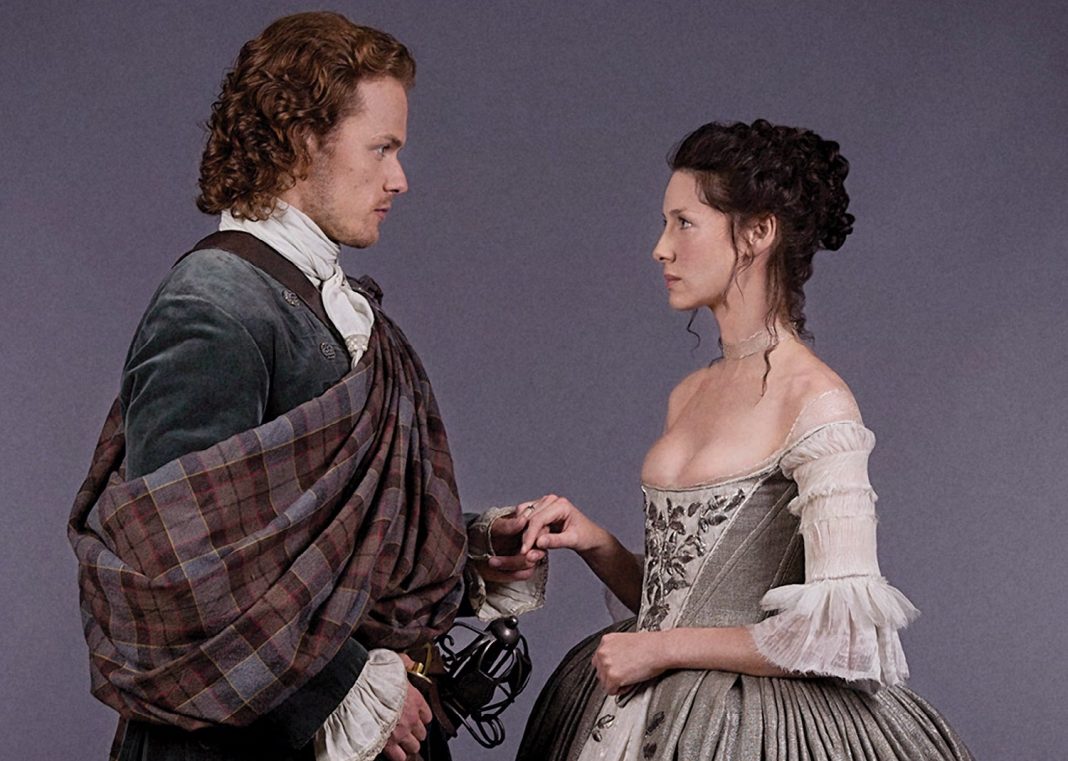





Quite informative! We need more articles like this in future. Keep up the good work!
Kilts are knee-length skirts like a garment made of the woolen material known as tartan and traditionally worn by Scottish and Irish men and boys. This unique outfit came into existence in the early 16th century when the Scottish and Irish designers thought of an outfit that would give adequate comfort to the male gender in addition to freedom of motion, fabulous appearance and which portrays their rich superb/unique cultural identity. The Kilt was solely designed to be worn by these Scottish and Irish men to formal occasions, highland games and as well as to sporting events. With the evolution of the millennium age, kilt can now be worn by both men and women irrespective of their cultural background.
This is literally enchanting. Love it.